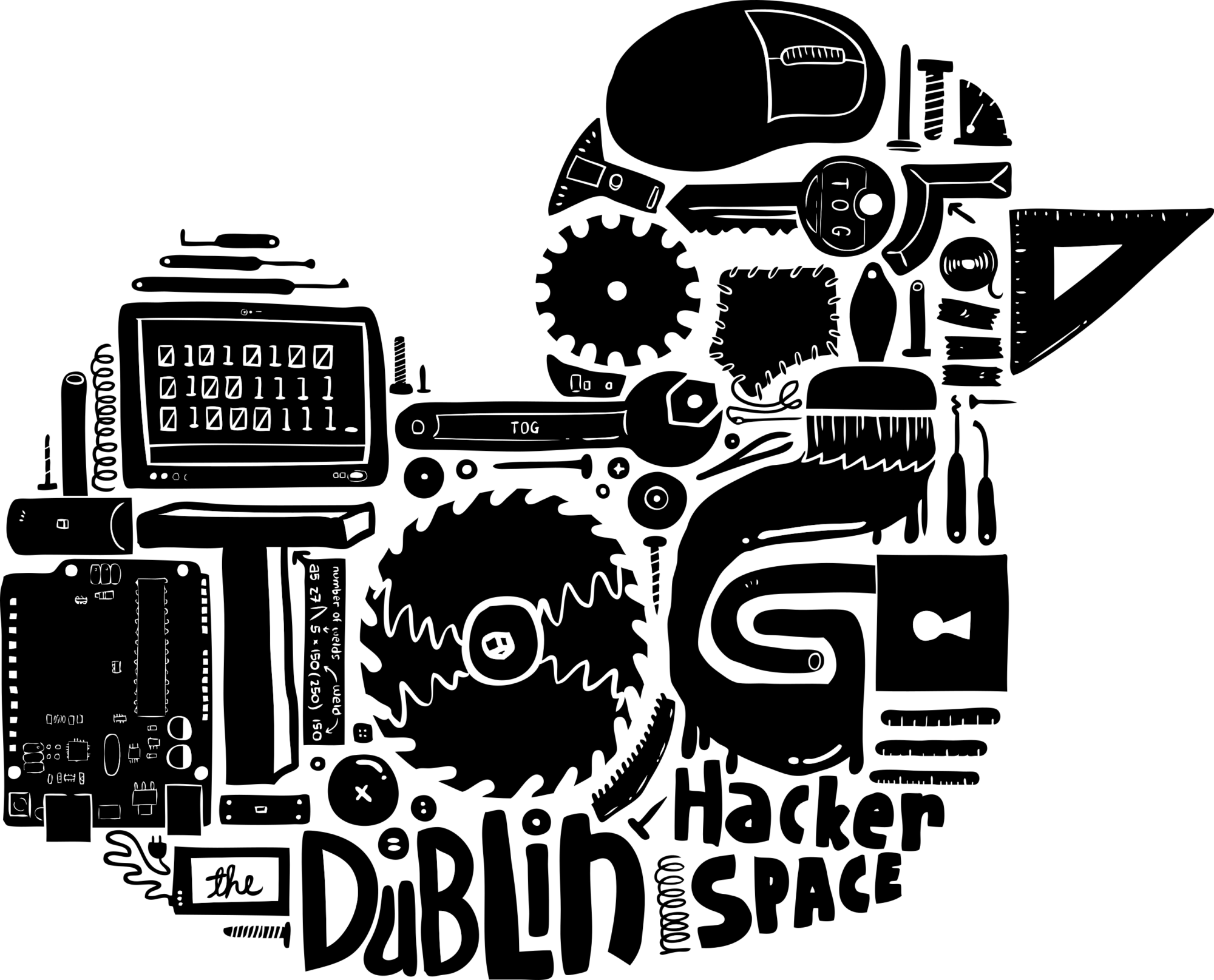 It’s TOG Open Social time again. We’ll be open this Saturday 17th February from 7PM, to hang out, chill out and generally take it easy. Weather permitting, we might even fire up our pizza oven outside.
It’s TOG Open Social time again. We’ll be open this Saturday 17th February from 7PM, to hang out, chill out and generally take it easy. Weather permitting, we might even fire up our pizza oven outside.
If you’ve never been to one of our events, you’ll find it a great alternative Saturday evening in town. Come in and look around. If you’ve never been in before, we’ll give you the grand tour of the space. Talk to members and visitors about projects or things you’d like to do. If you like what you see, ask about joining as a full member.
The space stays open until the last member is left……usually the small hours of Sunday morning. The evening is free to attend for members and visitors alike. No need to book…. just turn up. You can drop in for 10 minutes, or stay the whole night. We have parking available. Bring beer, food, gadgets! Our doors are open from 7PM. Hope to see you there.
https://www.meetup.com/Tog-Dublin-Hackerspace/
https://lists.tog.ie/mailman/listinfo/tog
https://twitter.com/TOG_Dublin
https://www.facebook.com/togdublin


 Check out some
Check out some  This month it’s our 9th birthday. We’ll be celebrating in style on Saturday 27th January in Blackpitts from 7PM. It will be a double bash, because we will be combining our regular Open Social with our Birthday Party. So don’t miss it!
This month it’s our 9th birthday. We’ll be celebrating in style on Saturday 27th January in Blackpitts from 7PM. It will be a double bash, because we will be combining our regular Open Social with our Birthday Party. So don’t miss it! Our regular open evenings kick off again with coding and lockpicking night on Monday 8th January. After that, keep a watch on our calendar for the rest of our regular evenings.
Our regular open evenings kick off again with coding and lockpicking night on Monday 8th January. After that, keep a watch on our calendar for the rest of our regular evenings.